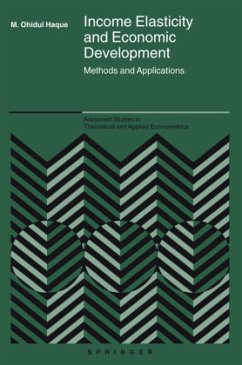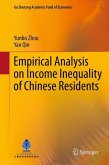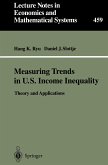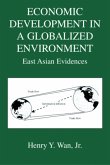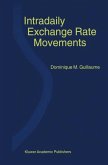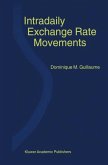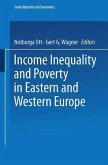Income Elasticity and Economic Development: Methods and Applications is mainly concerned with methods of estimating income elasticity. This field is connected with economic development that can be achieved by reducing income inequality. This is highly relevant in today's world, where the gap between rich and poor is widening with the growth of economic development. Income Elasticity and Economic Development: Methods and Applications provides a good example in showing how to calculate income elasticity, using a number of methods from widely available grouped data. Some of the techniques presented here can be used in a wide range of policy areas in all developed, developing and under-developed countries. Policy analysts, economists, business analysts and market researchers will find this book very useful.
Hinweis: Dieser Artikel kann nur an eine deutsche Lieferadresse ausgeliefert werden.
Hinweis: Dieser Artikel kann nur an eine deutsche Lieferadresse ausgeliefert werden.
From the reviews: "The book is mainly concerned with the methods of estimating income elasticity and is connected with the economic development, which can be achieved by reducing income inequality. Based on the Australian household expenditure survey data, the book provides a good example in showing how to calculate income elasticity from widely available grouped data using a number of different methods. ... The book is well addressed to policy analysis, economists, business analysts and market researchers that may find it very useful." (Vangelis Grigoroudis, Zentralblatt MATH, Vol. 1113 (16), 2007)

